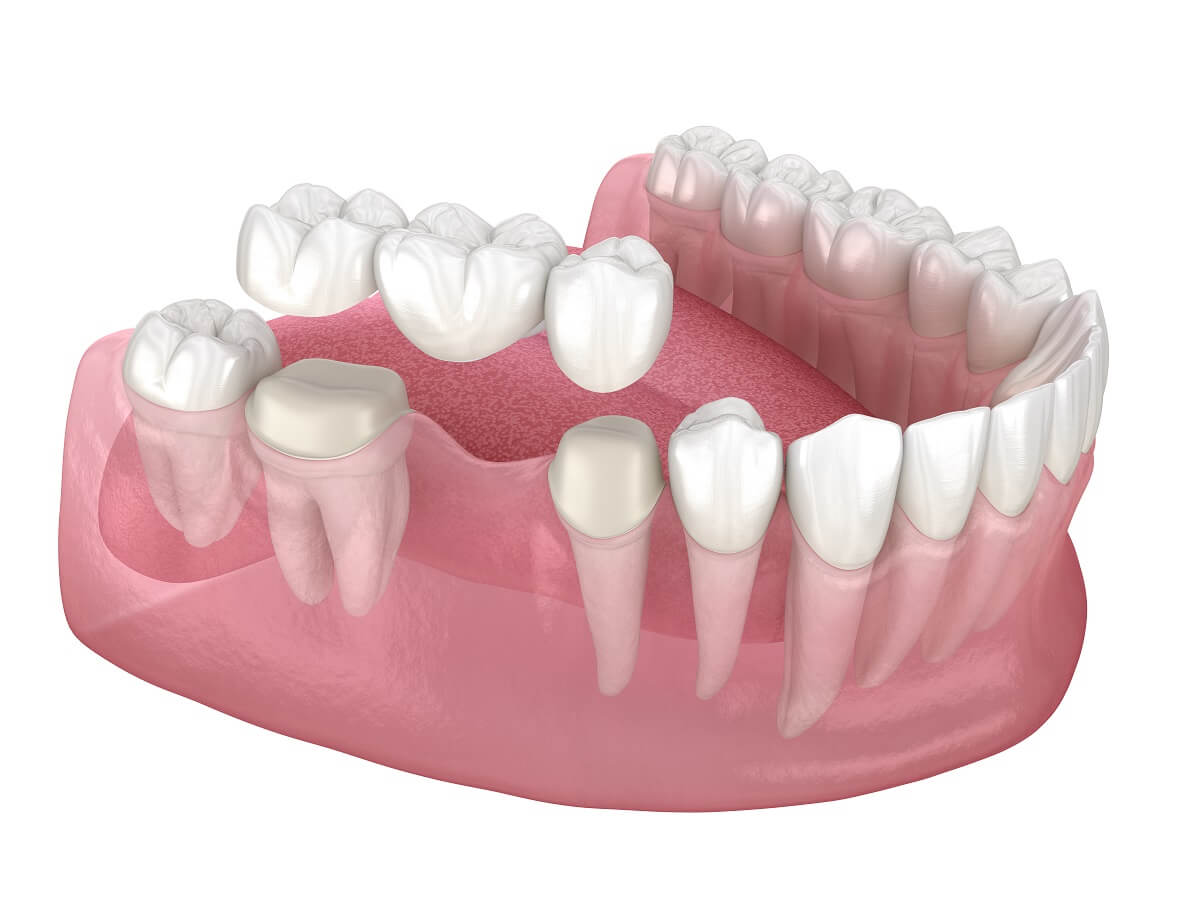When Do You Need Dental Bridges?
We all know the importance of caring for our teeth, but what happens when one or more teeth are missing? Leaving gaps can compromise function, appearance, and long-term oral health. Dental bridges offer an effective solution for replacing missing teeth by bridging the gap. But when exactly does a bridge become necessary? Knowing the signs can help patients and their dentist determine if a dental bridge is the proper treatment. What is a Dental Bridge? A dental bridge is a fixed restoration that spans the space created by one or more missing teeth. It is cemented or bonded onto the natural teeth or dental implants surrounding the space. A bridge consists of: Retainer crowns - the caps placed on the tooth or implant abutments on either side of the gap Pontics - the artificial tooth/teeth that fill in the gap(s) between the retainers Bridges aim to restore proper functions like chewing and speaking abilities, maintain bone and soft tissue health around the gap, and improve oral aesthetics. Materials may include porcelain, metal alloys, or combinations of both for strength and natural appearance. Typical Signs Missing Teeth Create Problems Certain issues arise from tooth loss without a bridge that can guide [...]



